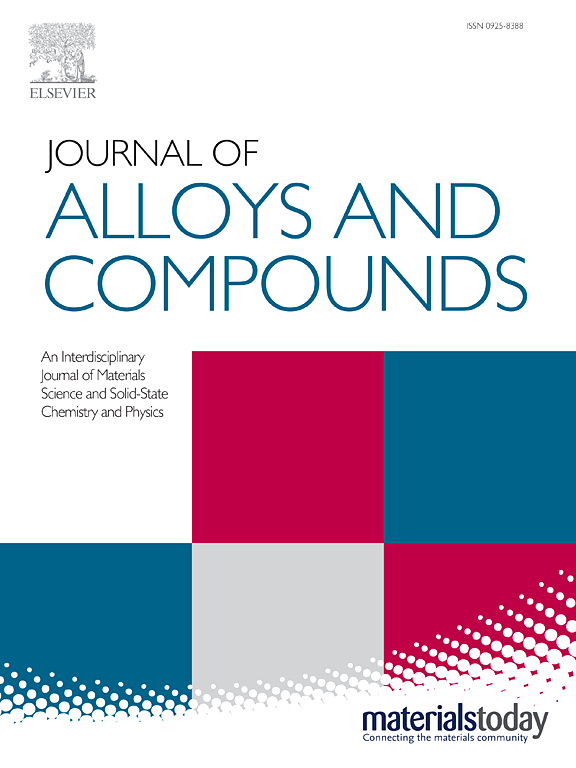Recent advances in the aging of β-titanium alloys
IF 5.8
2区 材料科学
Q2 CHEMISTRY, PHYSICAL
引用次数: 0
Abstract
Beta-titanium (β-Ti) alloys with their BCC crystal structure are vital in high-performance applications across aerospace, automotive, and biomedical fields. This paper explores recent advancements in the aging process of β-Ti alloys, crucial for enhancing their mechanical properties. A key focus is on the impact of aging on the formation of various precipitates, which significantly influence the β-Ti alloy's performance. Common precipitates in β-Ti alloys include the alpha (α) phase, omega (ω) phase, and other intermetallic compounds. Various aspects of these precipitates, such as formation, kinetics, size, shape, and imaging of these precipitates, have been extensively dealt with in this paper. The α phase normally forms as fine, needle-like structures within the β matrix, while the ω phase can appear as either athermal or isothermal precipitates. Their distribution and morphology significantly influence mechanical properties. The microstructure created during aging directly affects tensile strength, ductility, hardness, and fatigue resistance. While a fine and homogeneous distribution of precipitates can enhance yield strength and hardness, excessive coarseness or a high volume fraction of brittle phases can severely reduce ductility. Therefore, this paper emphasizes the importance of achieving an optimal balance between strength and ductility.
It also addresses previously overlooked topics such as β transus temperature (βt) and simulations. Recent studies employ computational simulations to model the aging process, assessing thermodynamic and kinetic factors that drive phase transformations. These simulations aid in understanding the nucleation, growth, and coarsening of precipitates, guiding the optimization of mechanical properties. The interplay between alloy composition, processing, and microstructure is underscored as crucial for performance. The paper concludes with a discussion of novel β-Ti alloys, highlighting their potential for tailored applications that demand both high strength and good ductility. Hence, this review provides valuable insights into enhancing the properties of β-Ti alloys through aging and simulation techniques, paving the way for future innovations.


求助全文
约1分钟内获得全文
求助全文
来源期刊

Journal of Alloys and Compounds
工程技术-材料科学:综合
CiteScore
11.10
自引率
14.50%
发文量
5146
审稿时长
67 days
期刊介绍:
The Journal of Alloys and Compounds is intended to serve as an international medium for the publication of work on solid materials comprising compounds as well as alloys. Its great strength lies in the diversity of discipline which it encompasses, drawing together results from materials science, solid-state chemistry and physics.
 求助内容:
求助内容: 应助结果提醒方式:
应助结果提醒方式:


